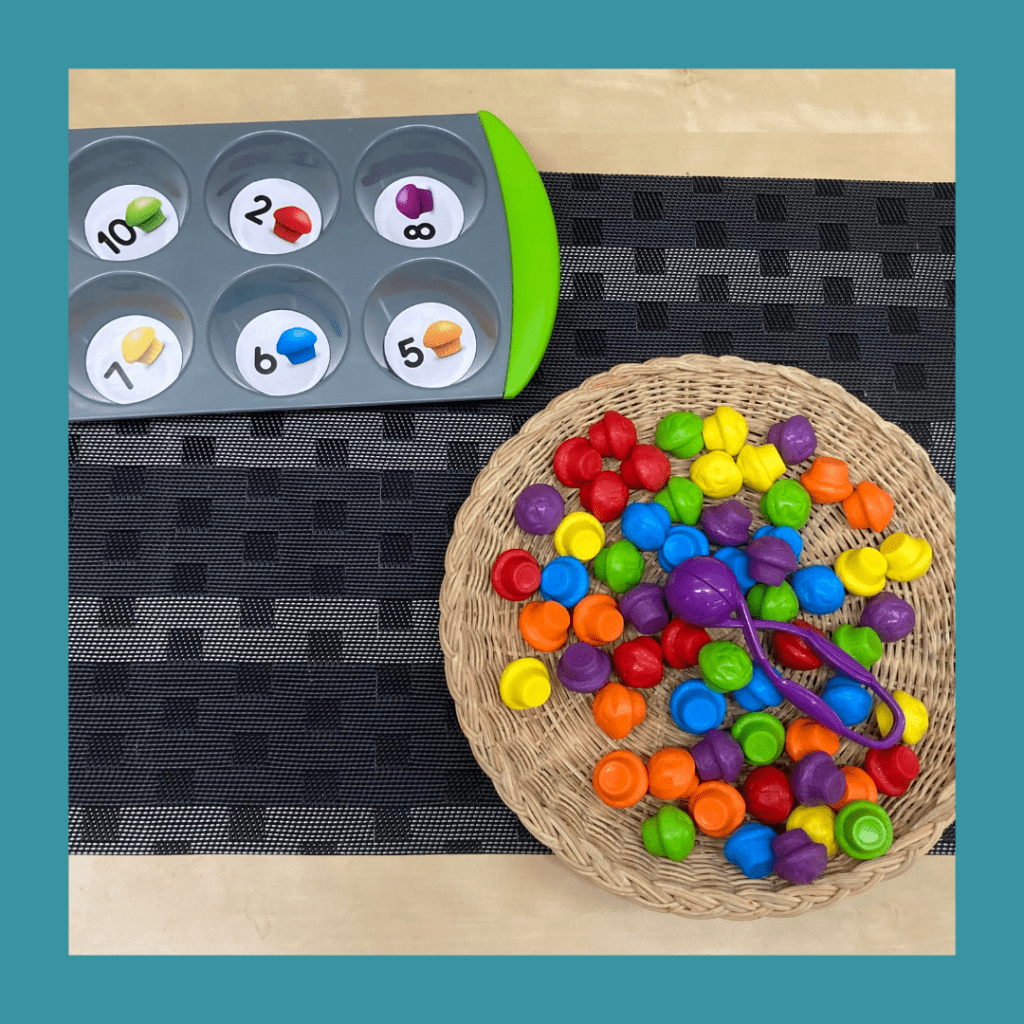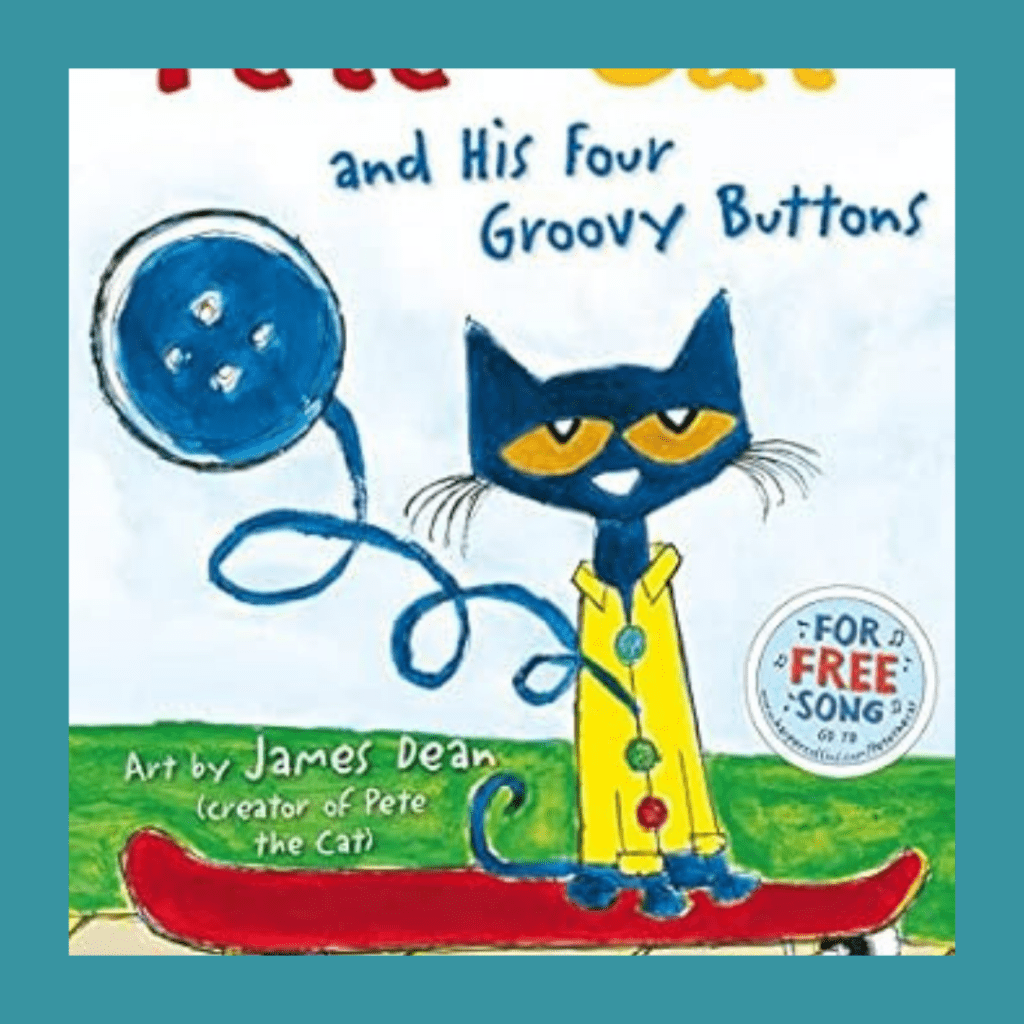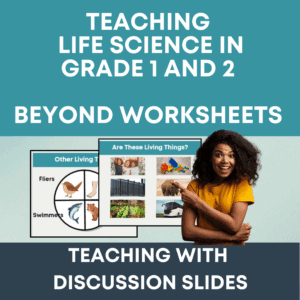Setting Up My Grade 1 Classroom
This week I’ve been setting up my grade 1 classroom to fosters playful learning. After the summer break, children are eager to explore, discover, and engage with their environment. Setting up a space that encourages hands-on learning, exploration, and discovery while also offering engaging books and beautiful spaces can make a significant impact on their educational journey. Here’s how I design a classroom that supports playful learning:
1. Hands-On Learning
Incorporating hands-on learning experiences is crucial for first graders. At this age, children learn best by doing. Providing opportunities for them to engage in activities that involve touching, building, and experimenting helps solidify their understanding of new concepts. Consider setting up stations with manipulatives like blocks, puzzles, and sensory bins. These tools allow students to actively participate in their learning, making abstract concepts more tangible and easier to grasp.



2. Exploration
A classroom designed for exploration invites students to be curious and take initiative in their learning. Create areas where children can investigate different materials, ask questions, and test their ideas. For example, a science corner with magnifying glasses, rocks, plants, and other natural objects can spark their curiosity about the world around them. Providing a variety of materials and resources encourages children to explore different topics and discover their interests.



3. Discovery
Discovery is at the heart of playful learning. When children feel like they are uncovering something new, they become more engaged and motivated to learn. Design your classroom with discovery in mind by incorporating elements of surprise and wonder. This could be as simple as rotating the materials available in learning centers, introducing new topics through interactive displays, or using mystery boxes with items related to the current unit of study. By creating a sense of discovery, you encourage students to actively participate in their learning journey.
4. Beautiful Spaces
The physical environment of the classroom plays a significant role in how children feel and behave. Creating beautiful, inviting spaces can help students feel calm, focused, and ready to learn. Use natural light, warm colors, and thoughtful decorations to make the classroom feel welcoming. Incorporate plants, and art to create a comfortable and aesthetically pleasing atmosphere. Beautiful spaces also include well-organized and clutter-free areas where students can easily access materials and move around freely. A classroom that is both functional and beautiful encourages students to take pride in their environment and feel inspired to learn.



5. Engaging Books
Books are an essential part of a playful learning environment. I carefully select the books that I use year round, but I’m very strategic in the books I select for the first two weeks. Selecting books that encourage engagement through repeated phrases is key. I also select books that include song, it could be a section of the book or the entire book. Here are a few of the books that I will use during our first week back to school.









Here is a link to a past post with additional books that “sing”.
Setting up a grade 1 classroom for playful learning involves creating an environment that supports hands-on learning, exploration, discovery, and engagement, all within beautiful spaces. By thoughtfully designing your classroom with these elements in mind, you can foster a joyful learning experiences for your students.
Happy Learning,
Lynda






2 Responses
Affirmation cards are beautiful. Thanks for the resource.
Lynda i live the affirmation cards. What a great resource!